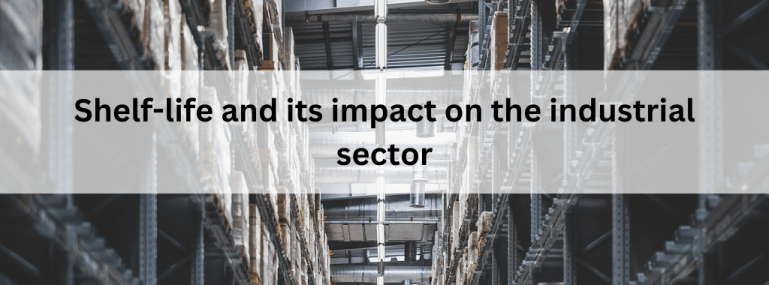The shelf life of a product can be defined as the period during which you can expect the product to continue to look, behave, and be safe. A product’s longevity is determined by several factors, including its type, its use, and how it is stored, among others.
Many industries store their components in different ways, depending on the type of component they are. There are some shelf-life recommendations that are too conservative, even though they are specified in standards or manufacturers’ documents. It is common for electronic components to work fine well after they have been “expired” for a long time. The shelf life of integrated circuits, for example, is quite long if they are stored properly.
Factors Affecting the Shelf Life of a Component

Impact
- In corrosion, a component reacts to its environment in a particular way based on the conditions it is exposed to.
- There is a phenomenon known as solid-state diffusion that occurs when particles of one substance mix with particles of another substance.
- In terms of solderability, there are three main factors to consider: non-wetting, dewetting, and wetting.
- A popcorn effect is the result of improper moisture-sensitive components being stored in a dry environment.
Storage benefits
- Assurance of supply has been improved. With increased storage capabilities, businesses are able to store more goods and supplies, making it easier to guarantee that they have the necessary inventory. This can help to reduce costs and ensure that they have the supplies they need when they need them.
- Improved product availability, with reduced lead times. The increased storage capabilities have also led to improved product availability, with reduced lead times. This is because businesses can stock up on certain items ahead of time and not have to worry about running out. This reduces the amount of time they must wait to get new supplies and can save them money in the long run.
- The handling of end-of-life commitments has been improved. By knowing exactly how much inventory a business will need at any given time, they can more accurately plan for their needs and not over-order or under-order. This can help them to maximize profits and minimize losses, as they can avoid having to pay for unsold or wasted products.
Electronic components have varying shelf lives. When developing components, storage issues must be addressed. With ComplianceXL, you can access detailed information about the temperature, condition of a component during storage, and duration of that storage period. This information can be used to determine the shelf life of a component and ensure that the component is in optimal condition when needed. ComplianceXL makes it easy to monitor and manage all your components in one place. Contact us today for more information!





